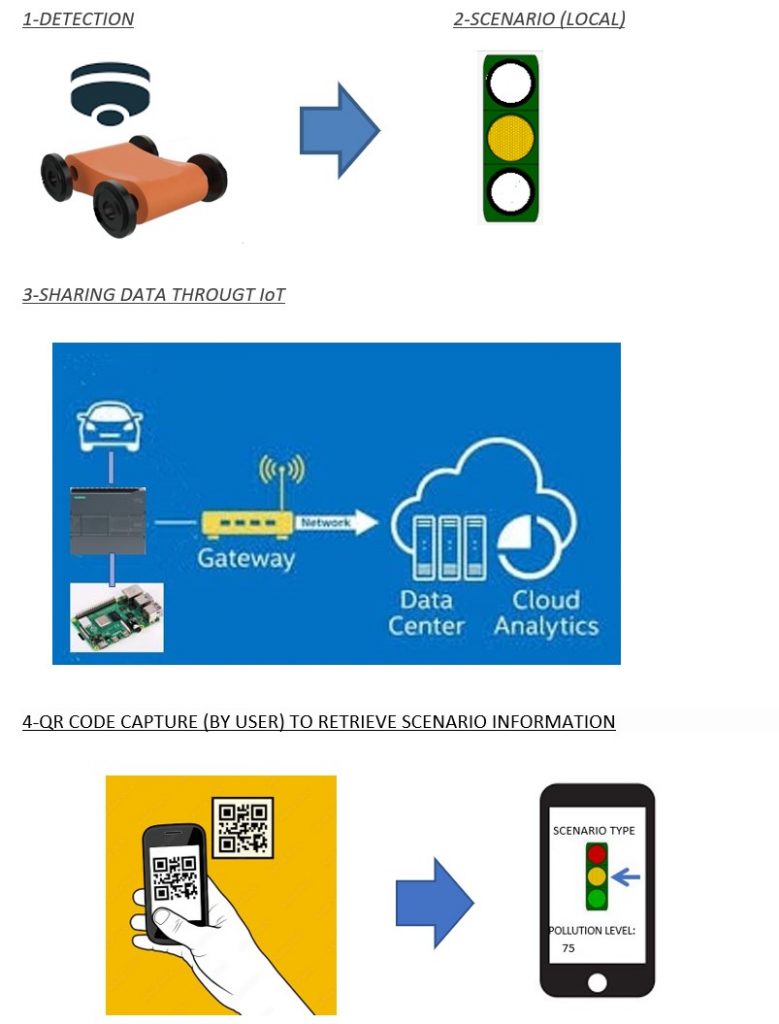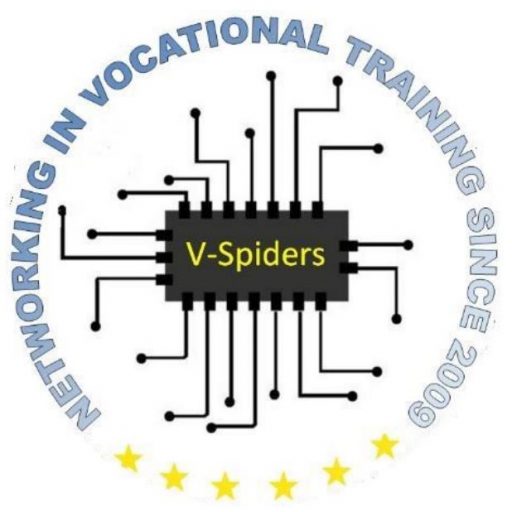Measuring road traffic pollution and managing information using IoT
Introduction
The set of technologies that we know as the Internet of Things (IoT), is having an enormous impact on our society transforming everyday life, our jobs, business and especially industry. That is why our students must be trained in all these concepts.
Buildings (with their doors, windows, lamps), vehicles, traffic lights, lampposts are some of the things that are already connected, but, above all, sensors everywhere that will measure temperature, humidity, traffic, wind and endless other variables.
All this is connected to make decisions about health, traffic, safety, efficiency, productivity, education…This set of technologies together with others (3D printing, robotics, cloud computing) are advancing in a new industrial transformation known as Industry 4.0.
On the other hand, the pollution produced by vehicles in our cities is making it necessary to exhaustively control emissions so that traffic is regulated efficiently. For this reason, the use of labels on each vehicle indicating its polluting value is already mandatory.
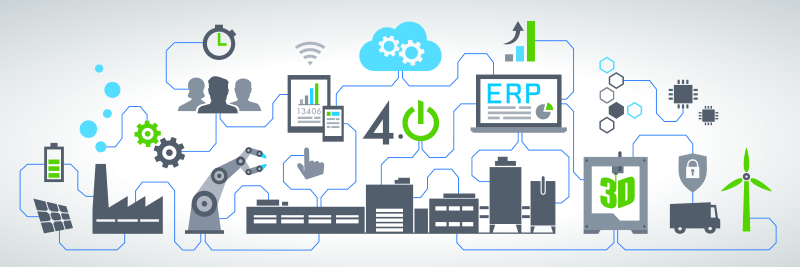
Our TASK
The aim is to identify the type of vehicle circulating on a road in a given period of time in order to calculate the pollution produced and establish the type of scenario in which we find ourselves.
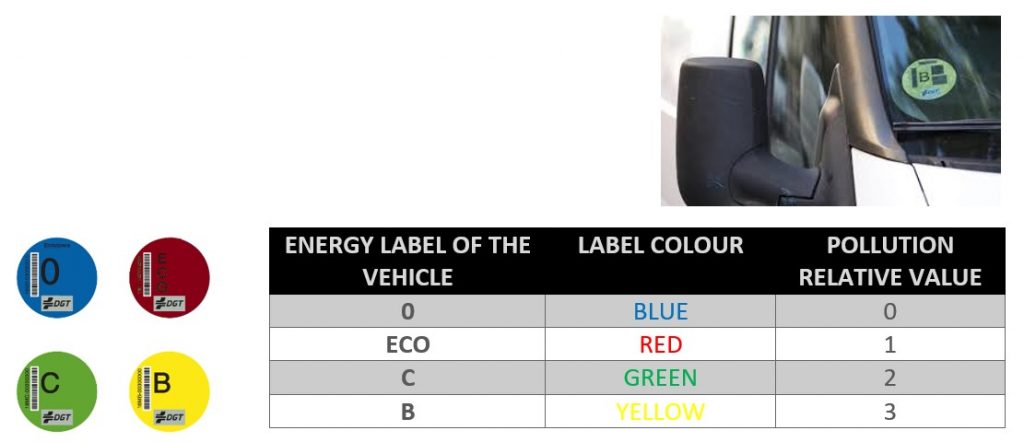
Depending on the pollution level (values per minute), we can find ourselves in 3 different scenarios

Then we must send the authorities information about the type of scenario as well as the value of the pollution measured.
In addition, the entire population must be informed of the type of scenario. To this end, anyone with a smartphone will be able to get this information in real time easily.
TASK SPECIFICATIONS
To do this, we must identify the type of vehicle that circulates. It is enough to distinguish the colour of the car, which will correspond to the colour of the energy label.
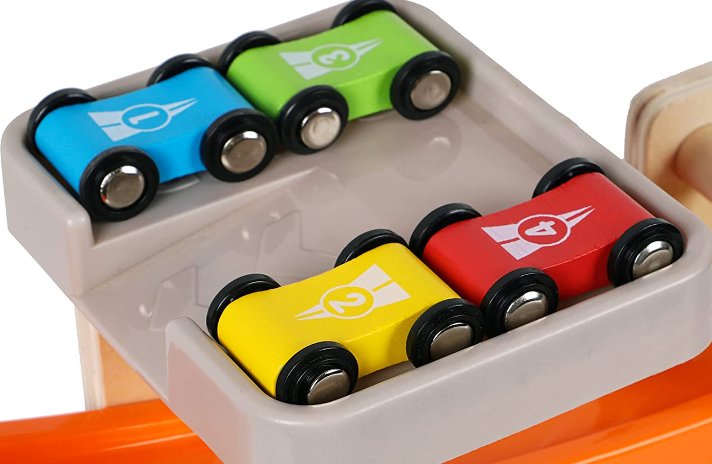
Once the pollution value has been calculated based on the number of cars per minute, both the value and the scenario must be shared via IoT, so that any citizen can find out the value by pointing their smartphone at the QR code installed on public roads.
